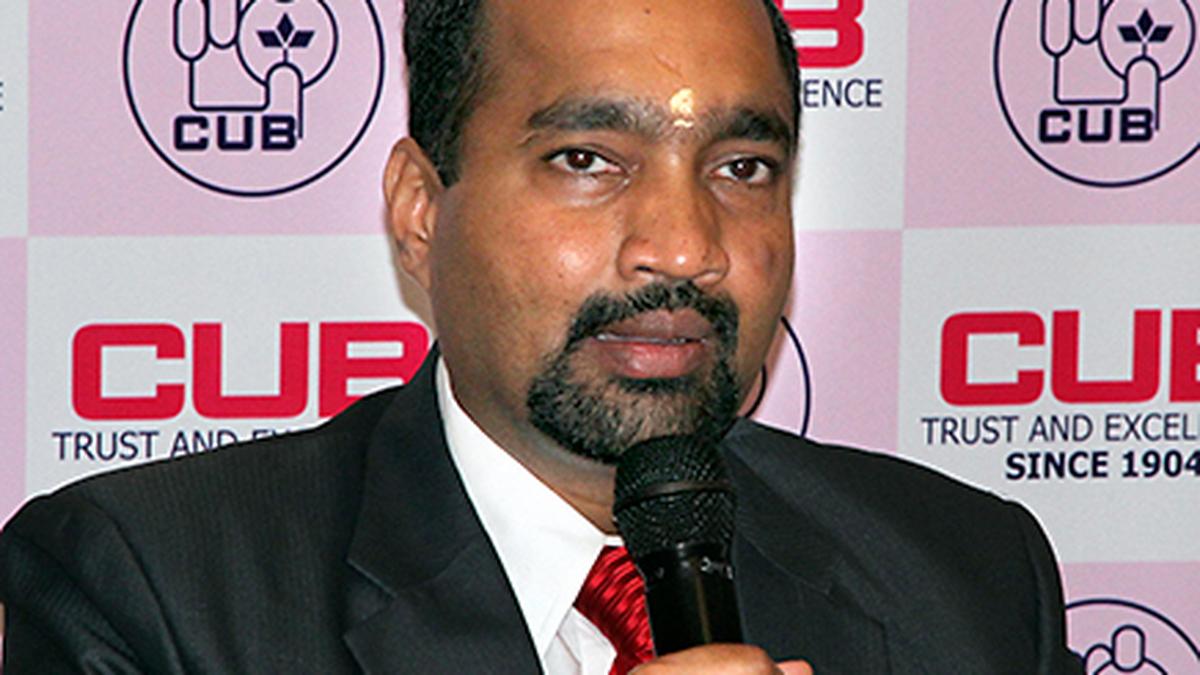The semiconductor industry is on the verge of a transformative era, with multiple factors converging to redefine its landscape in 2024, forecast French tech major Capgemini.
Already chips are reaching 2nm (refers to a new, improved generation of chips in terms of increased transistor density, a higher degree of miniaturization, increased speed, and reduced power consumption compared with previous generation chips), transistors are approaching the size of a few atoms, and the ever-growing investments in R&D and cutting-edge fabrication facilities are becoming challenging for even the largest chipmakers, as per company’s tech experts who spoke on key trends to watch in 2024.
To stay on the top of the tech curve, Capgemini’s teams were scanning the technology landscape on a daily basis to harness the power of innovation for our clients and anticipate key technology breakthroughs on the horizon, the company claimed.
Pascal Brier, Chief Innovation Officer at Capgemini and Member of the Group Executive Committee said, Capgemini’s teams were scanning the technology landscape on a daily basis to harness the power of innovation for its clients and anticipate key technology breakthroughs on the horizon.
“Besides semiconductor, areas to watch in 2024 include evolutions in generative AI, post-quantum cryptography, battery technologies, and new space exploration, all of which will be instrumental to help us address the challenges of our economies, communities and ecosystems,” added Mr. Brier.
As the most-traded goods in the world (ahead of crude oil and motor vehicles), semiconductors are a crucial enabler of digital transformation. Moore’s Law states that the computing power of a microchip doubles every two years while the cost halves–but is this theory reaching its physical and economic limits, tech experts in the company wondered.
“Year 2024 should see an evolution of Moore’s law, with new paradigms: despite approaching the absolute physical limit of chip miniaturisation, chiplets should see breakthroughs in 3D chip stacking, innovations in material science and new forms of lithography to continue increasing computing power,” said one of them.
According to Capgemini spokespersons, an accelerated digital transformation is expected across industries, enabled by more powerful connected objects, from smartphones to electric vehicles, to data centers and telecoms. These technological breakthroughs will be reflected in shifts in the ecosystem of semiconductors itself, with new gigafactories, regulations, business models and foundry services emerging in 2024.
Batteries offer the power of new chemistry
Improving the performance and reducing the costs of batteries is a major focus for both businesses and governments, as the industrial stakes are high for each nation, as per Capgemini.
The aim was to support electric mobility and accelerate long-duration energy storage, which was critical to speed-up the energy transition to renewables and the acceleration of smart grids. While LFP (lithium ferro-phosphate) and NMC (nickel manganese cobalt) were becoming standard for electric vehicle applications, several technologies with the chemistry of batteries were being explored, such as cobalt-free (sodium-ion) or solid-state batteries, with a likely acceleration in 2024, a pack of experts who participated at TechnoVision, a trend discussion, observed.
The latter represented a major shift in battery technology, primarily for electric vehicles, as they have higher energy densities (i.e. storage capacity), for a price which will become lower than traditional batteries, the company said.
“They also reduce dependency on materials such as particular lithium, nickel, cobalt, rare-earth minerals and graphite, while promising longer lifespans and more robust safety,” said another tech leader at Capgemini.

 5 months ago
79
5 months ago
79




